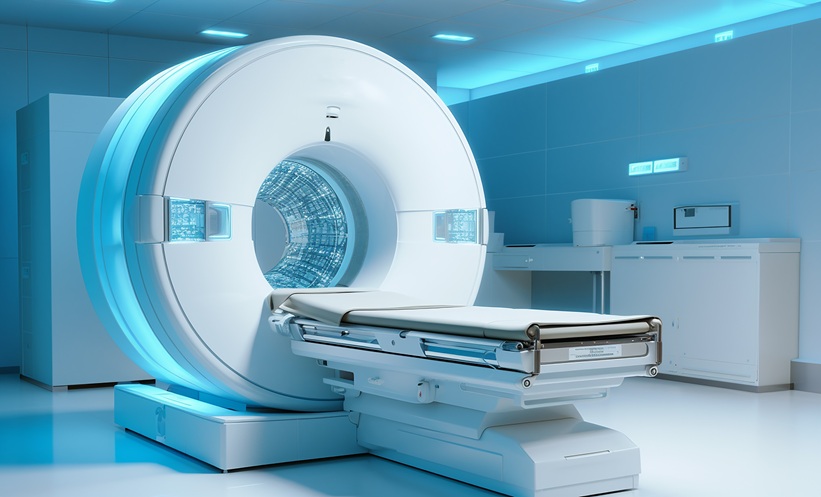THE CALCIUM-to-magnesium (Ca/Mg) ratio has emerged as a superior biomarker for predicting nephrolithiasis in patients with primary hyperparathyroidism (pHPT), demonstrating greater specificity than traditional 24-hour urinary calcium excretion while maintaining comparable sensitivity.
Primary hyperparathyroidism is a common disease caused by excessive hormone production by one or more parathyroid glands, characterised by hypercalcemia with elevated or inappropriately normal parathormone. While many patients remain asymptomatic, some develop complications such as nephrolithiasis and osteoporosis. Diagnosing kidney stones in pHPT has traditionally relied on imaging and biochemical measures such as urinary calcium excretion. However, recent interest has focused on the Ca/Mg ratio as a novel, non-invasive tool for risk assessment, with implications for improved clinical decision-making.
In a retrospective analysis of 367 patients with pHPT, researchers examined clinical, biochemical, and bone mineral density data. Nephrolithiasis was diagnosed using imaging studies, and the performance of the Ca/Mg ratio and urinary calcium excretion as diagnostic tools was compared using receiver operating characteristic analysis. The results revealed that the Ca/Mg ratio, at an optimal cutoff of 6.35, demonstrated a specificity of 78%, significantly higher than the 44% specificity of 24-hour urinary calcium excretion, while maintaining similar sensitivity (71% versus 78%). Multivariable regression analysis further confirmed that elevated Ca/Mg ratios strongly correlated with nephrolithiasis, independent of demographic factors. Additionally, hypomagnesemia was associated with an increased prevalence of kidney stones, lower bone mineral density, and higher serum calcium and creatinine levels, highlighting magnesium’s role in both renal and skeletal health.
These findings suggest that the Ca/Mg ratio offers a more accurate, practical tool for diagnosing nephrolithiasis in pHPT patients compared to conventional methods. Its utility in reflecting broader mineral imbalances could provide clinicians with enhanced risk stratification capabilities, allowing for earlier intervention and personalised care strategies. Incorporating this biomarker into clinical practice could significantly improve the management of pHPT, paving the way for targeted interventions and better patient outcomes.
Jenna Lorge. EMJ
Reference
Yalçın N et al. Calcium to magnesium ratio as a superior biomarker for nephrolithiasis detection in primary hyperparathyroidism. Sci Rep. 2025;DOI:10.1038/s41598-025-86954-4.








